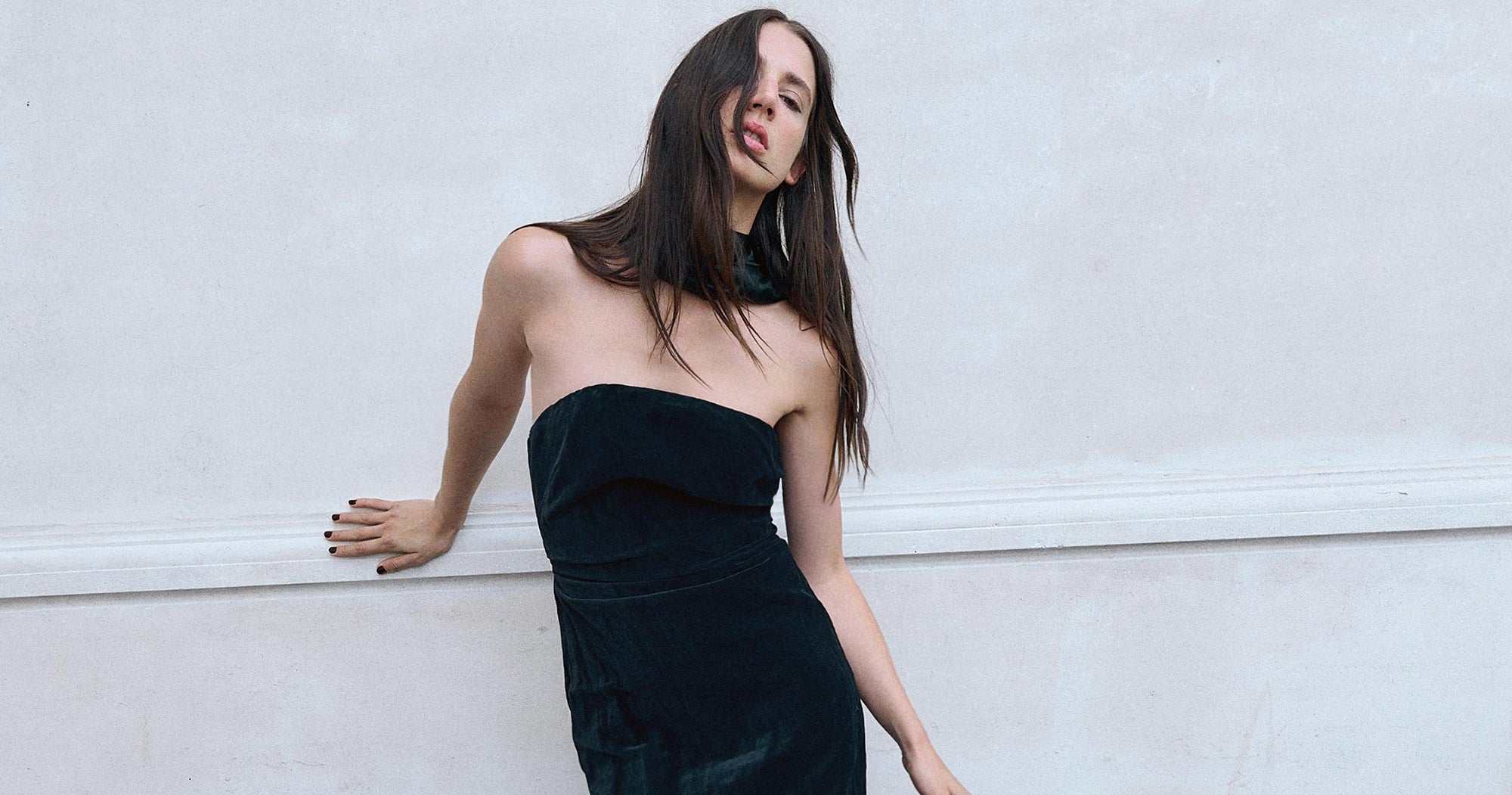While “Killers of the Flower Moon” probably rates as one of the director’s talkiest films, it is also one of his most purely gorgeous, with two stunning shots of DiCaprio and windows in particular—one with flames, one with him peering back at Mollie through imperfectly transparent glass—that had me catching my breath. There’s a scene in which Ernest answers some pointed questions, and DiCaprio’s squirming under Rodrigo Prieto’s hot lights might be his finest, mostly darkly amusing character work since the Qualuudes episode in “The Wolf of Wall Street.”
But the heart of the movie, ten times over, is Gladstone, who brings such grace and equanimity to Mollie, who has to navigate an emotional minefield with every line reading. Mollie instantly recognizes Ernest’s own wolfishness (she calls him a “coyote”) and marries him anyway, staying with him out of a form of faith that he never earns but that also isn’t purely naive.
While oil money has made the Osage richer than the local whites, it hasn’t given them more power: Mollie lives in a world controlled by white men, not just Ernest but the doctors who manage her diabetes, a guardian who has a lock on her money, and police who won’t investigate when tribal members are murdered. Scorsese has steeped the movie in Osage traditions—it’s bookended by rituals—but there is a sense, especially toward the end, that Mollie is, typically for Scorsese, Ernest’s confessor in a Catholic sense.
“Killers of the Flower Moon” is not in competition, but had it been, it’s hard to see how any other movie would have rivaled it for richness or mastery.








































































